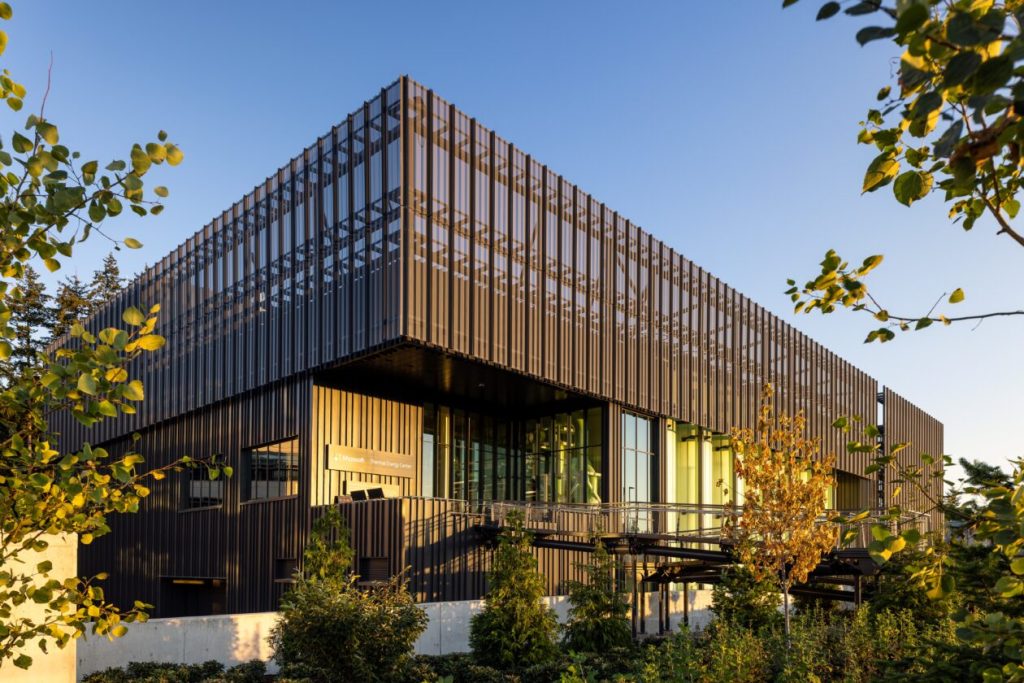Microsoft set an ambitious goal in 2020 to make its operations carbon negative within a decade. However, despite this commitment, the company’s carbon footprint has continued to expand, with greenhouse gas emissions now between 29% and 40% higher than when the pledge was made. The increasing use of artificial intelligence and generative AI tools like ChatGPT have made Microsoft’s environmental targets even more challenging to reach, as these tools drive demand for energy-gobbling data centers built from carbon-intensive materials.
Despite the worrying trends in its carbon emissions, Microsoft’s leadership remains steadfast in their commitment to their goals. The company’s chief sustainability officer, Melanie Nakagawa, expressed confidence in achieving their targets by 2030. Microsoft’s scope 3 emissions, which account for more than 96% of its carbon footprint, are primarily due to goods and services purchased from outside sources and capital projects. In the previous year, Microsoft emitted more than 15.4 million metric tons of carbon dioxide equivalent, about five times the annual emissions of the city of Seattle.
To combat their carbon impact, Microsoft has developed over 80 new strategies for cutting carbon attributed to various sources. One such solution is a new requirement that by 2030, the company will only contract with high-volume suppliers who use 100% carbon-free electricity. Microsoft also recently signed a deal to buy 10.5 gigawatts of renewable power to add to their existing 19.8 gigawatts of clean energy. Additionally, the company bought more than 5 million metric tons of carbon removal in 2023 and continues to invest in startups developing low-carbon products through its Climate Innovation Fund.
Microsoft’s environmental initiatives also include increasing the supply of clean water, shrinking waste streams to zero, and protecting the planet’s biodiversity. However, the company has faced concerns regarding its water consumption, particularly in locations like a parched town in Arizona where a new data center is being built that will use 56 million gallons of water per year. To address this issue, Microsoft plans to design future data centers to consume no drinking water for cooling and implement alternative strategies such as capturing rainwater and using reclaimed water.
In efforts to preserve wildlife and natural spaces, Microsoft has permanently protected over 15,000 acres of land. The company also reported that it recycled and reused 89.4% of its cloud computer servers and other components as part of its waste initiative. Despite the challenges presented by its expanding carbon footprint, Microsoft remains committed to its environmental goals and continues to invest in innovative solutions to reduce its impact on the planet.


